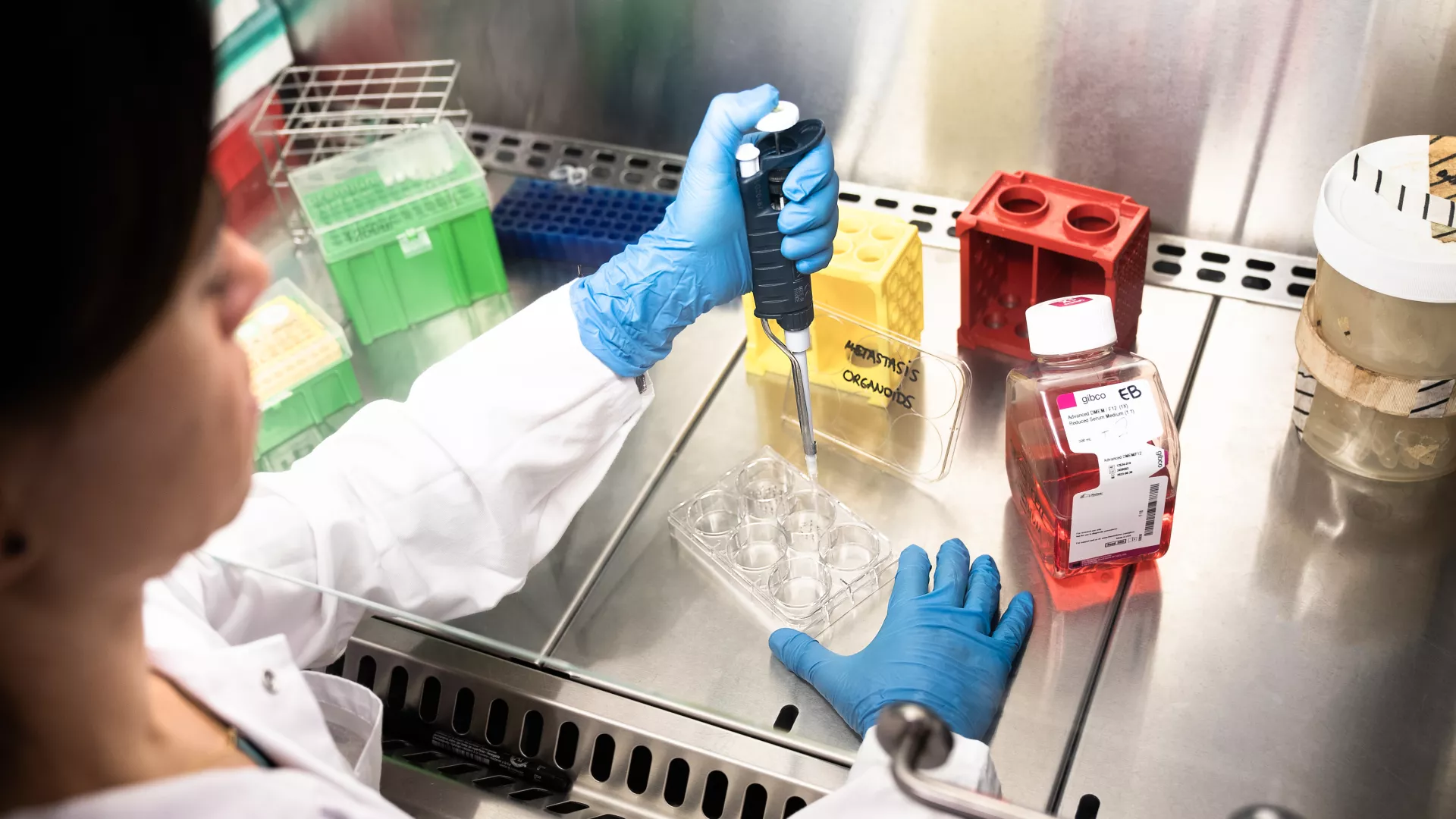Images
Participants



Contact

- Scientists at IRB Barcelona develop PocketVec, an innovative method to detect and characterise pharmacologically targetable sites in human proteins.
- Published in Nature Communications, the study paves the way for new opportunities in drug discovery.
The identification of pharmacologically actionable sites has long been a challenge in biomedical research. Traditionally, the characterisation of these sites has relied on costly and time-consuming experimental techniques, such as X-ray crystallography and Nuclear Magnetic Resonance (NMR).
Scientists led by Dr. Patrick Aloy, ICREA researcher at IRB Barcelona, have developed a computational tool called PocketVec that allows the identification and characterisation of binding sites in human proteins. These sites, known as "pharmacologically actionable pockets," are key areas in proteins where small molecules can bind and modulate their function, which is crucial in the design of new drugs. Published in the journal Nature Communications, the study represents a significant advance in bioinformatics applied to drug discovery.
PocketVec uses an innovative approach based on the "inverse virtual screening" of small molecules to generate vectorial descriptors of protein binding sites, thereby facilitating large-scale comparisons and analysis. These descriptors allow the identification of similarities between pockets that cannot be detected using comparisons based solely on sequence or structure, opening up new opportunities for drug discovery. Furthermore, by using both experimental protein structures and predictive models generated with the tool AlphaFold2, the researchers have been able to identify pockets in proteins that have not been analysed previously.
"PocketVec overcomes some of the most significant limitations of existing tools, allowing us to analyse more than 32,000 binding sites in the human proteome. In addition, the descriptor generated could be key for training machine learning models, which would open up new opportunities for drug discovery," explains Dr. Aloy, head of the Structural Bioinformatics and Network Biology lab at IRB Barcelona.
Future applications
The database generated by PocketVec is an unprecedented resource for the scientific community. By mapping more than 32,000 binding sites in 20,000 protein domains, this work offers an integral perspective of the "pharmacological space" in humans, a concept that goes beyond simple genetic sequencing to focus on molecular interactions that could be exploited for drug development.
The researchers hope that PocketVec will be widely adopted in studies devoted to chemical biology and pharmacology. "Our focus could change how we prioritise objectives for the development of new drugs, as it significantly widens the human pharmacological space, revealing pockets of proteins previously not considered to be pharmacologically actionable," says Arnau Comajuncosa-Creus, first author of the study and PhD student in the same laboratory.
The tool is open access and is available here: https://gitlabsbnb.irbbarcelona.org/acomajuncosa/pocketvec
This study has been funded by the Spanish Ministry of Science and Innovation, the Government of Catalonia, and the European Commission.
Related article:
Comprehensive detection and characterization of human druggable pockets through binding site descriptors
Arnau Comajuncosa-Creus, Guillem Jorba, Xavier Barril & Patrick Aloy
Nature Communications (2024) DOI: 10.1038/s41467-024-52146-3
About IRB Barcelona
The Institute for Research in Biomedicine (IRB Barcelona) pursues a society free of disease. To this end, it conducts multidisciplinary research of excellence to cure cancer and other diseases linked to ageing. It establishes technology transfer agreements with the pharmaceutical industry and major hospitals to bring research results closer to society, and organises a range of science outreach activities to engage the public in an open dialogue. IRB Barcelona is an international centre that hosts 400 researchers and more than 30 nationalities. Recognised as a Severo Ochoa Centre of Excellence since 2011, IRB Barcelona is a CERCA centre and member of the Barcelona Institute of Science and Technology (BIST).




